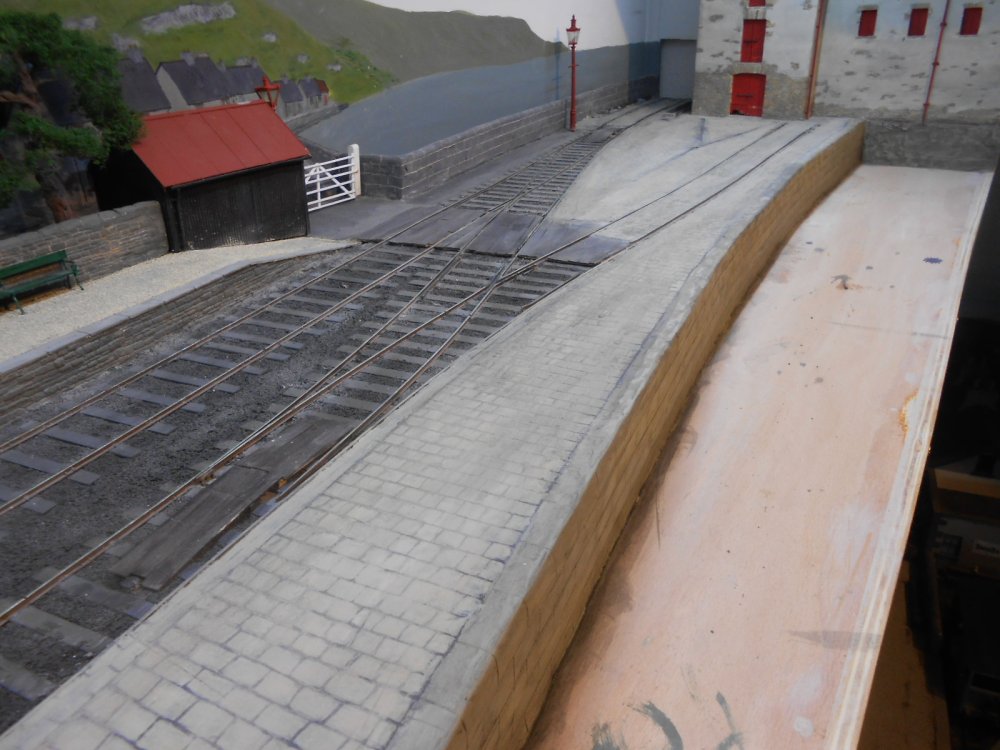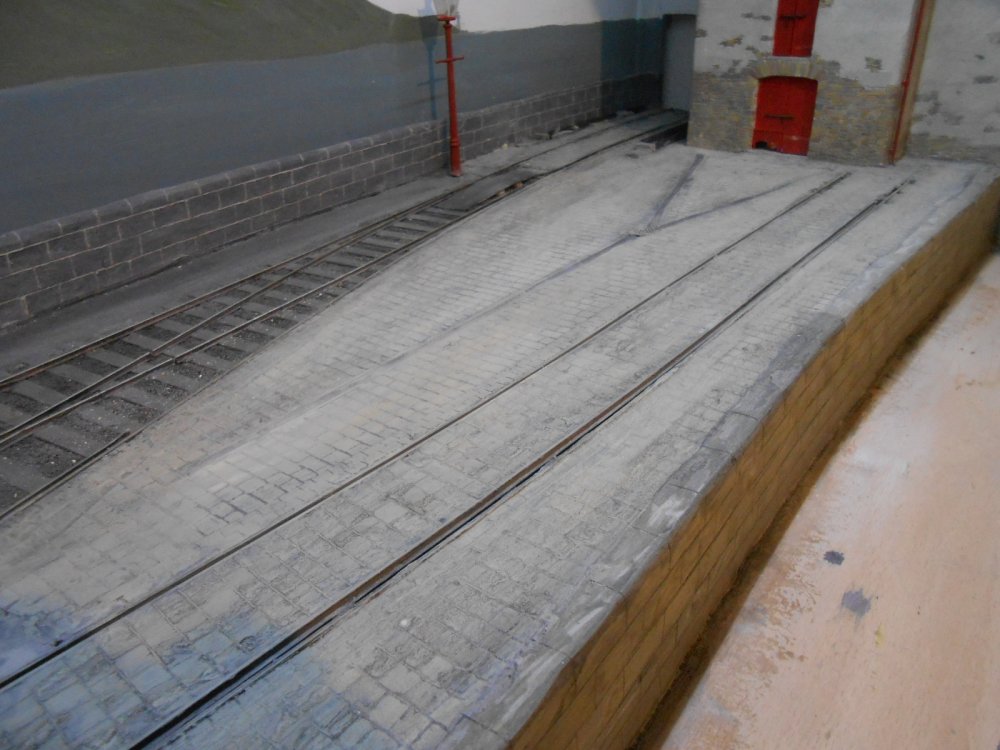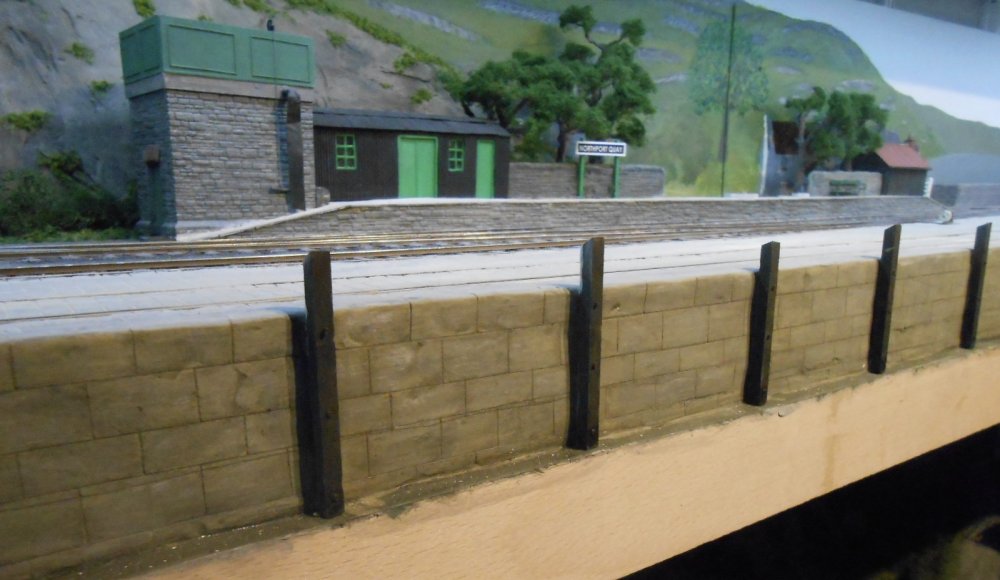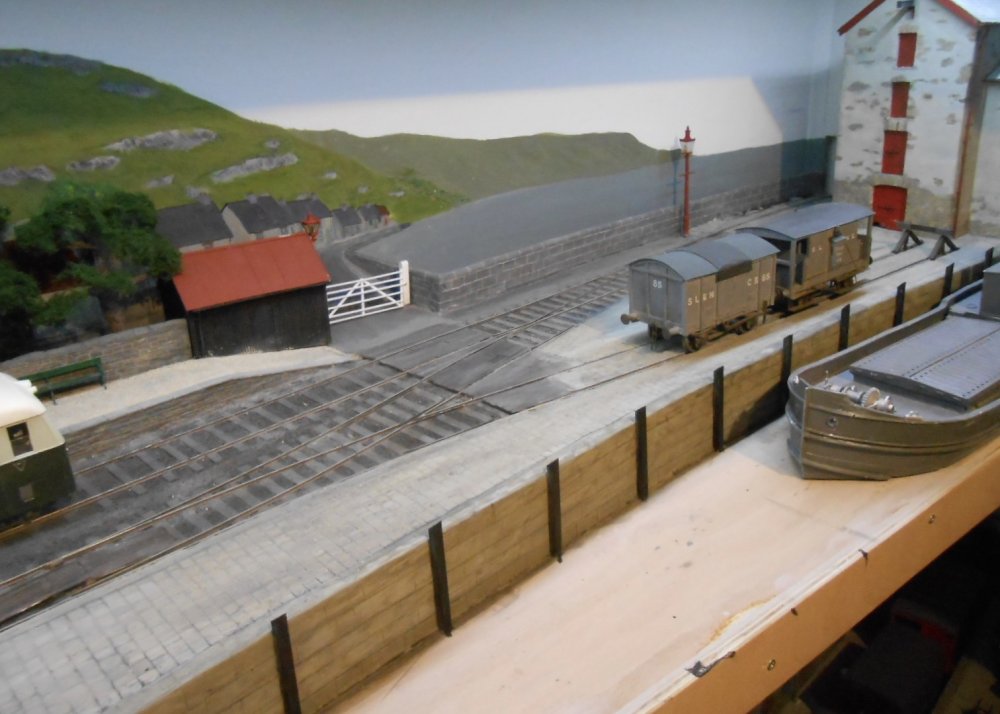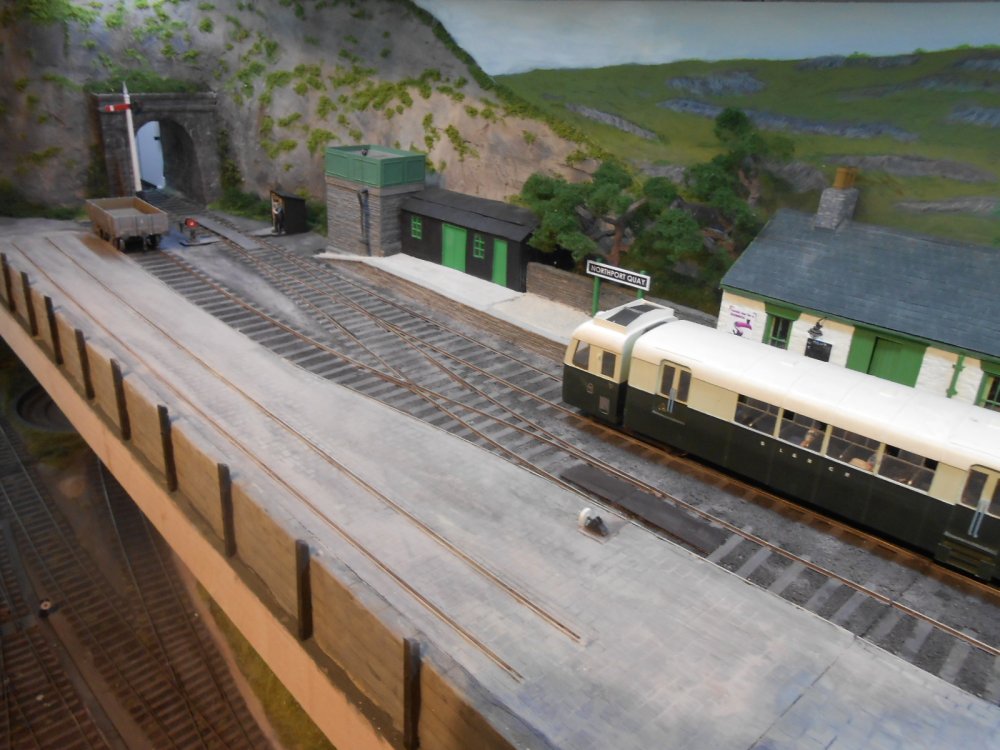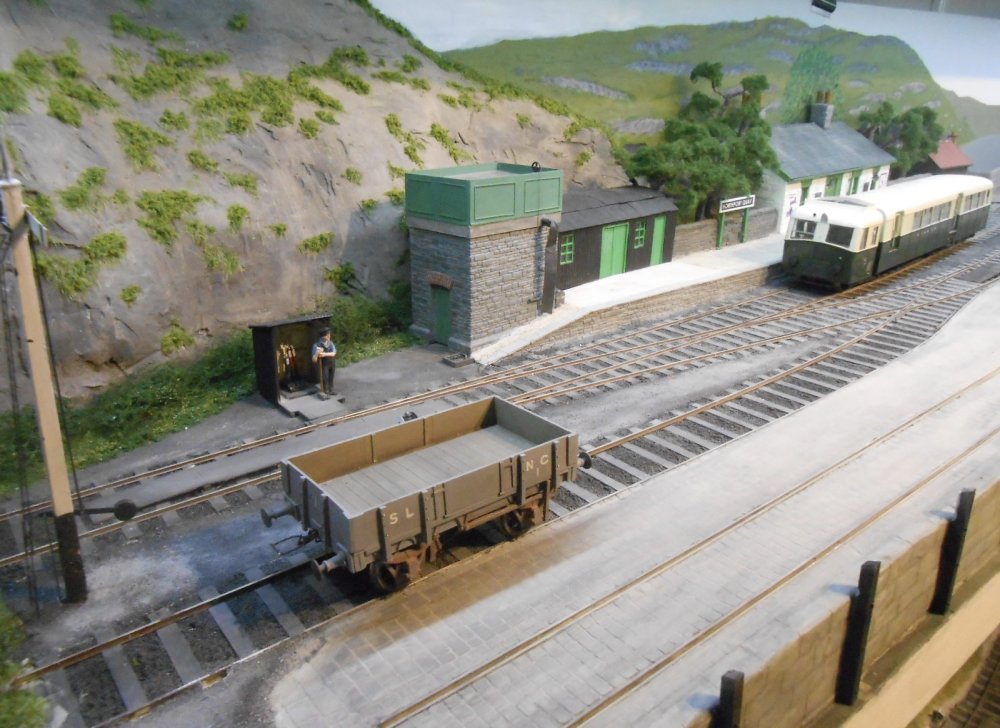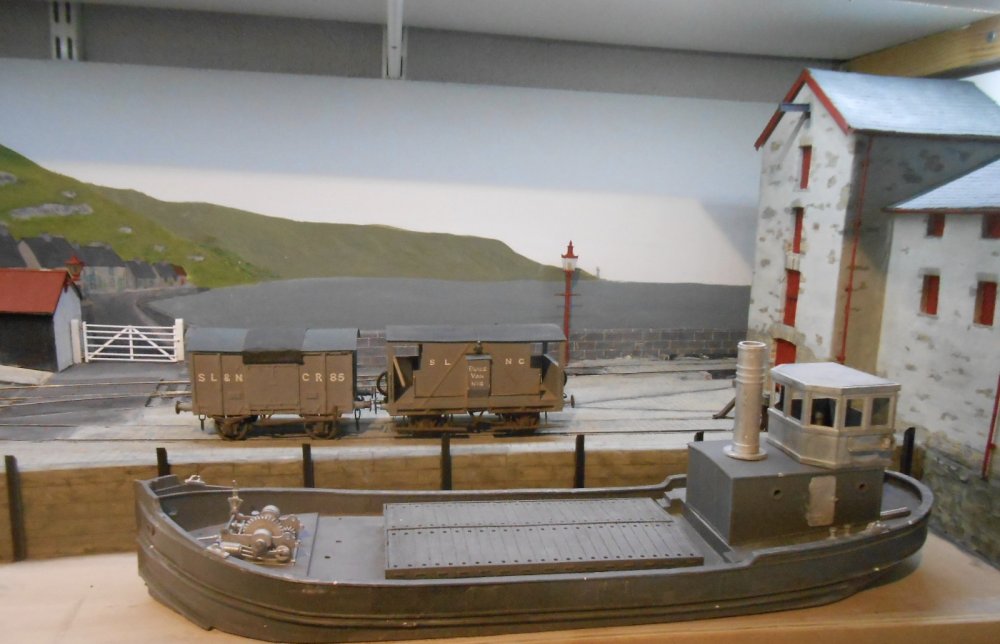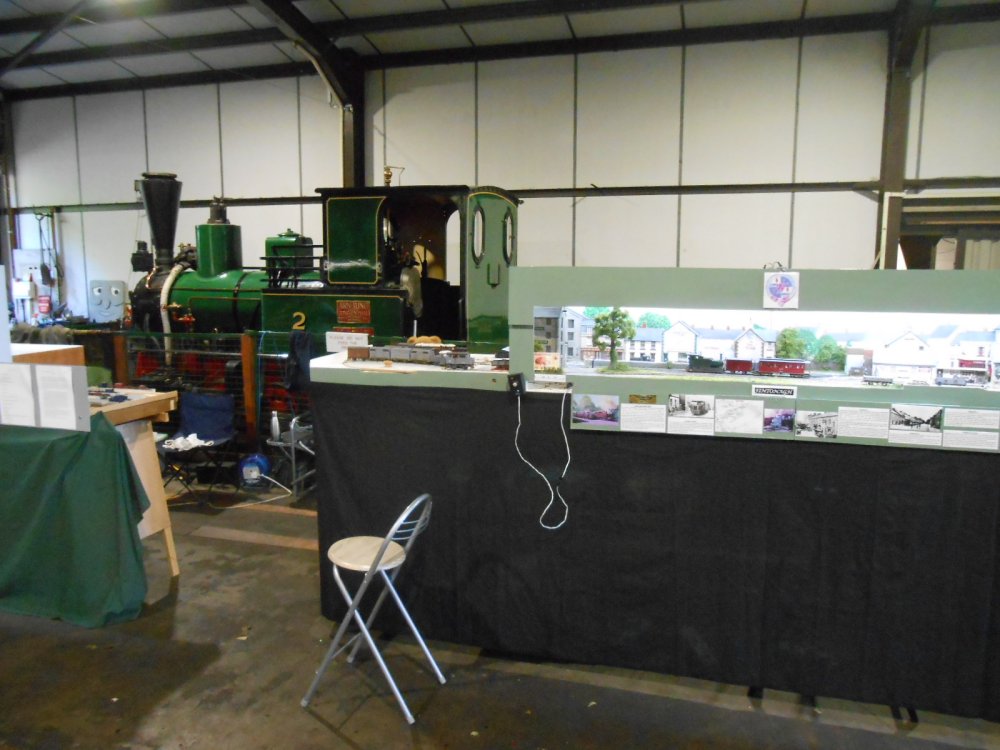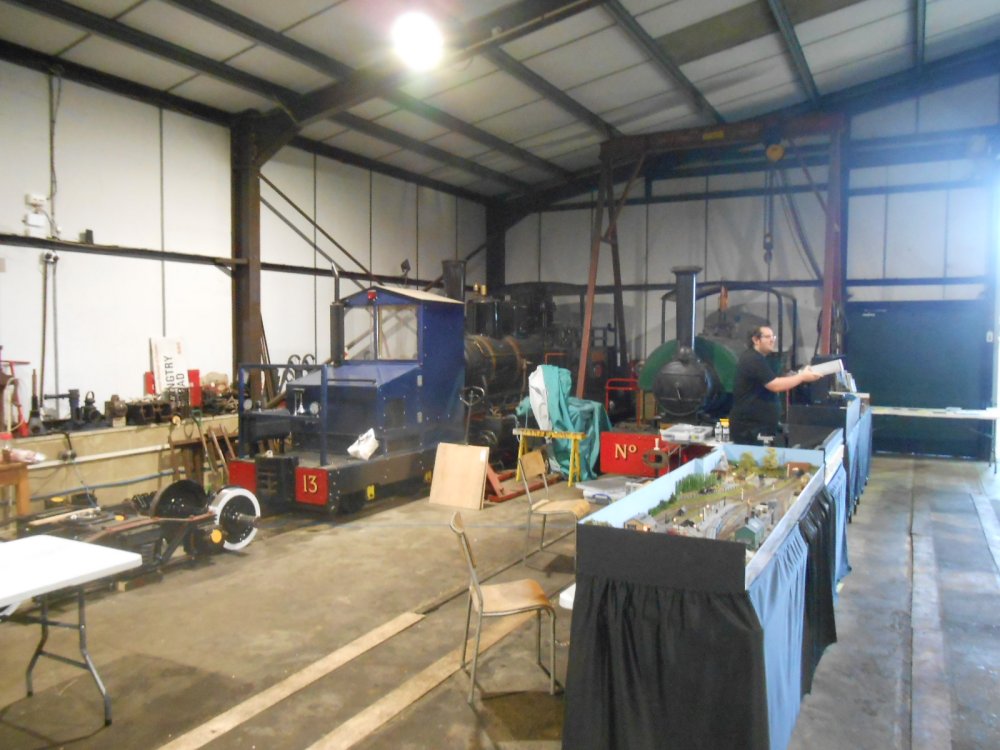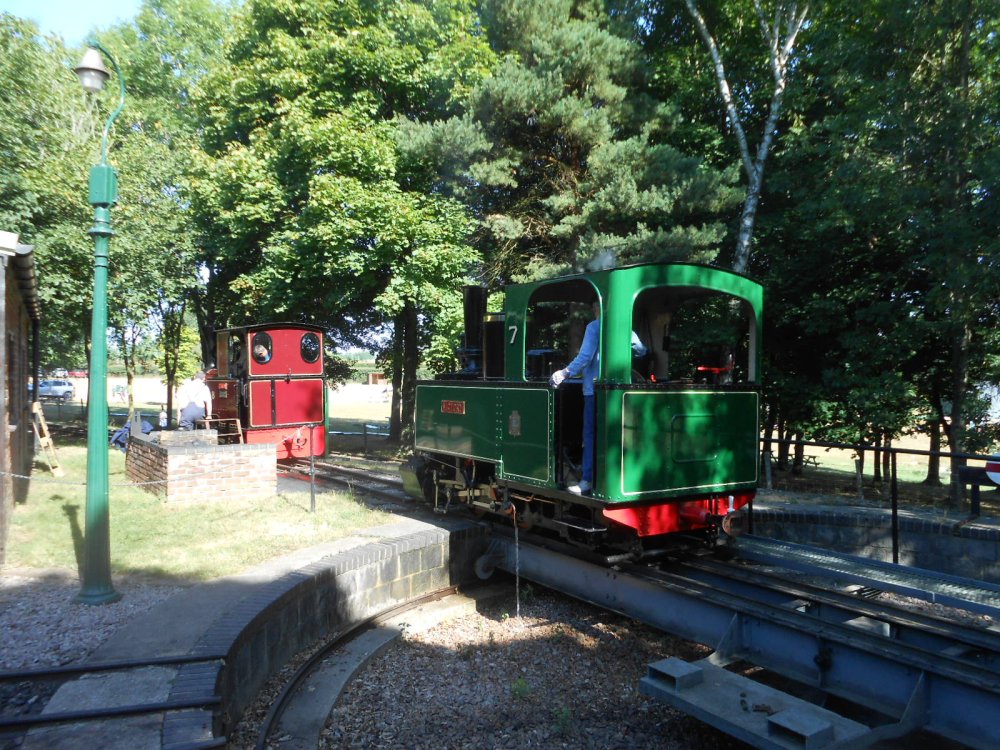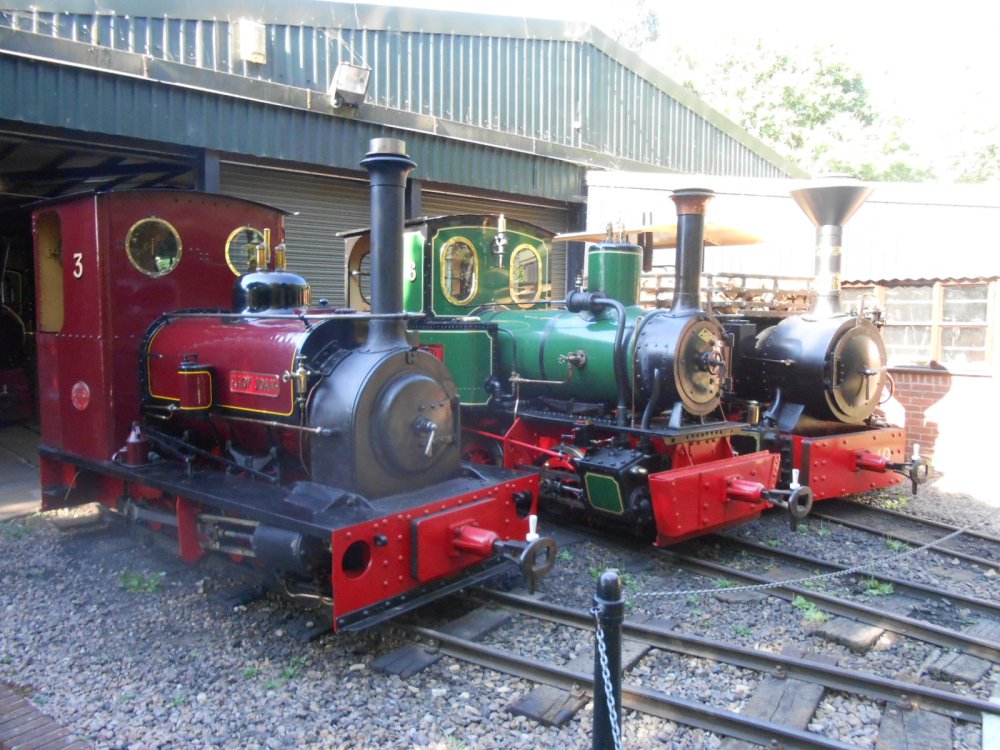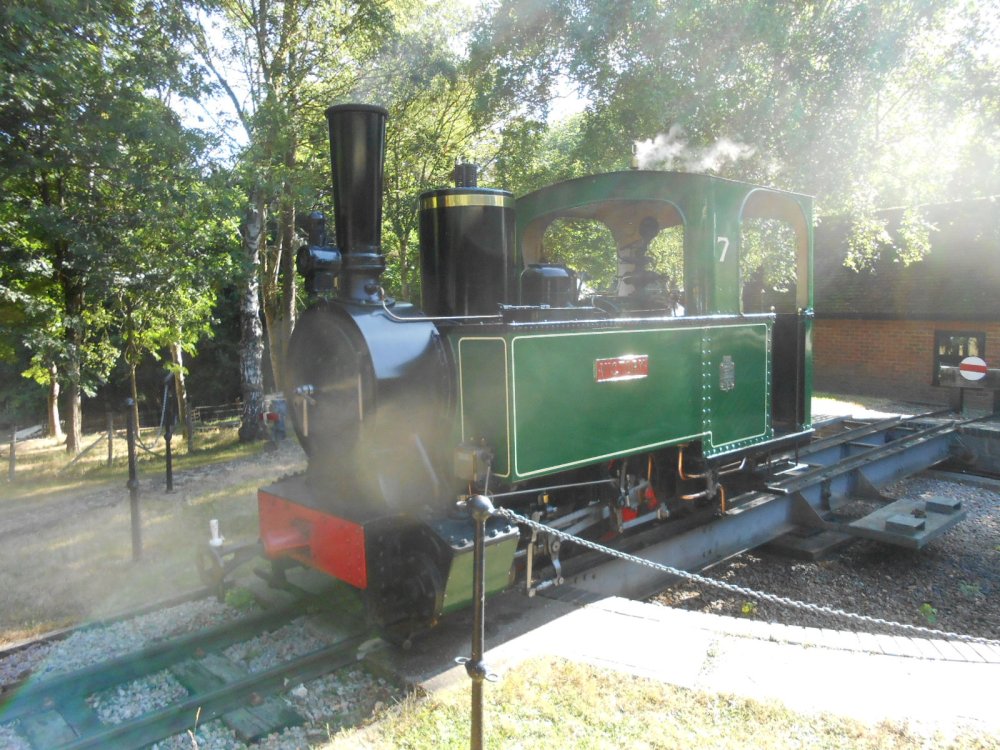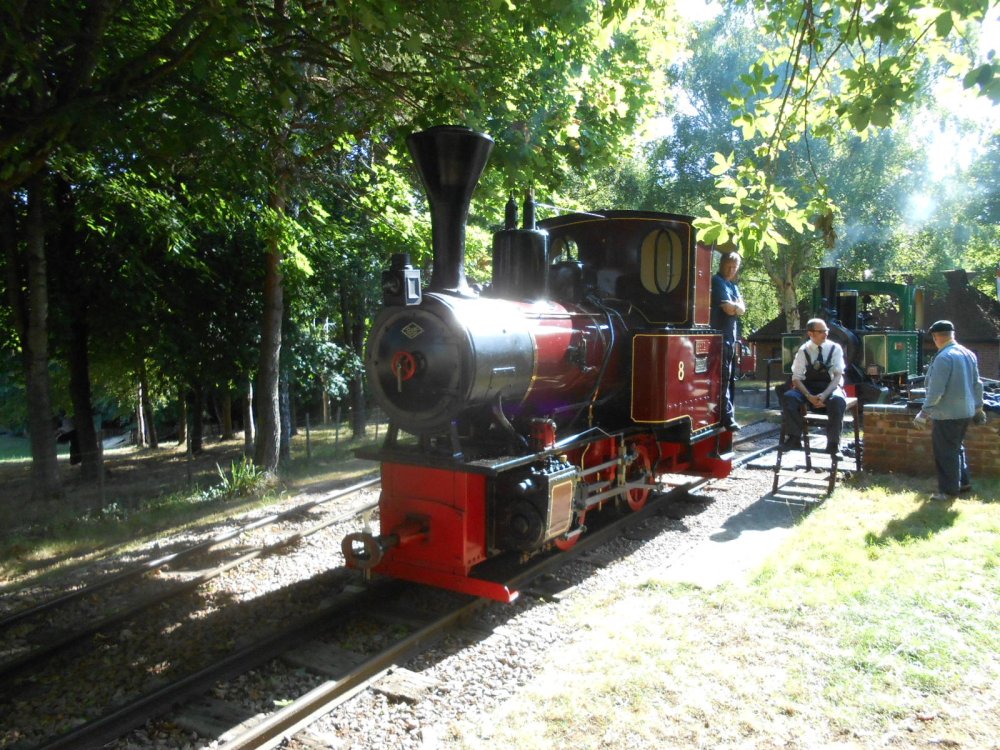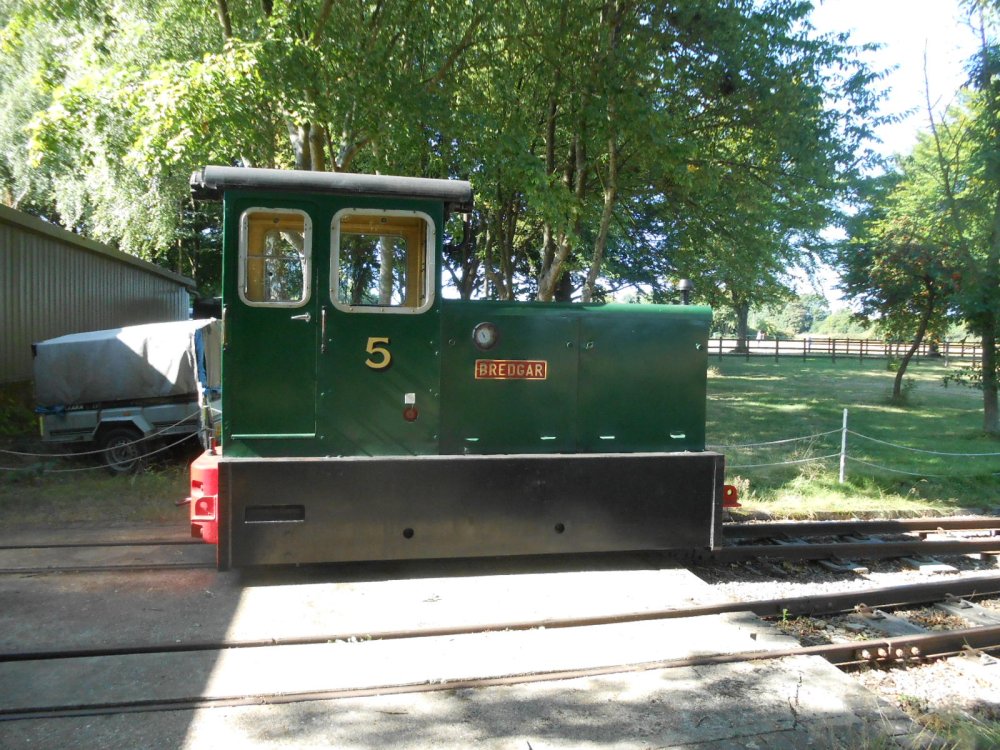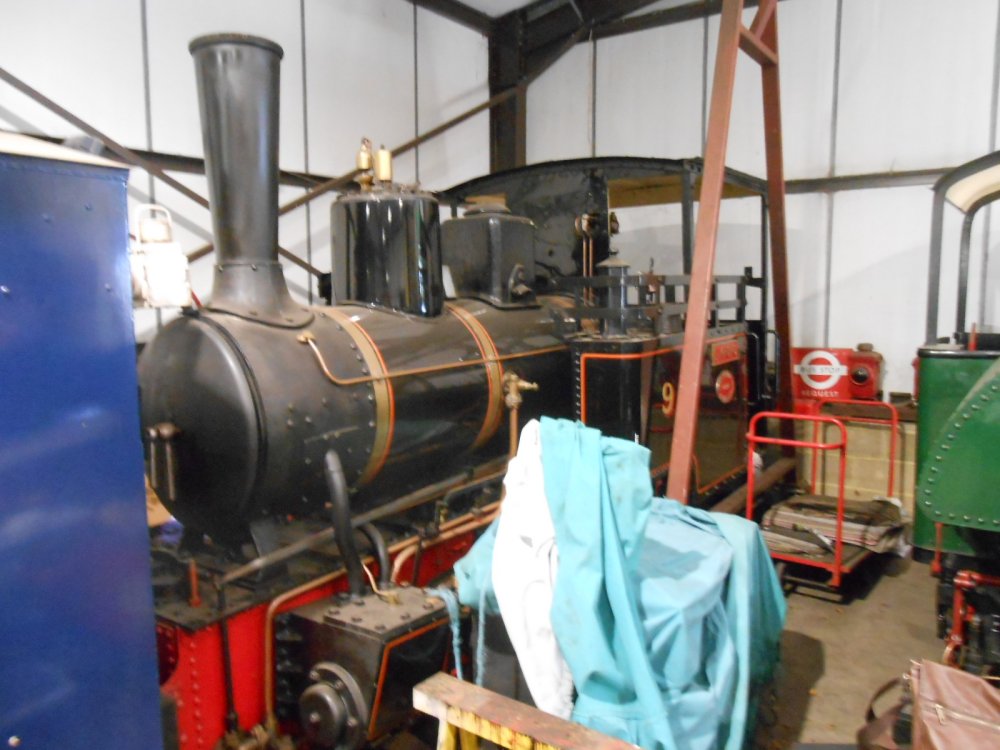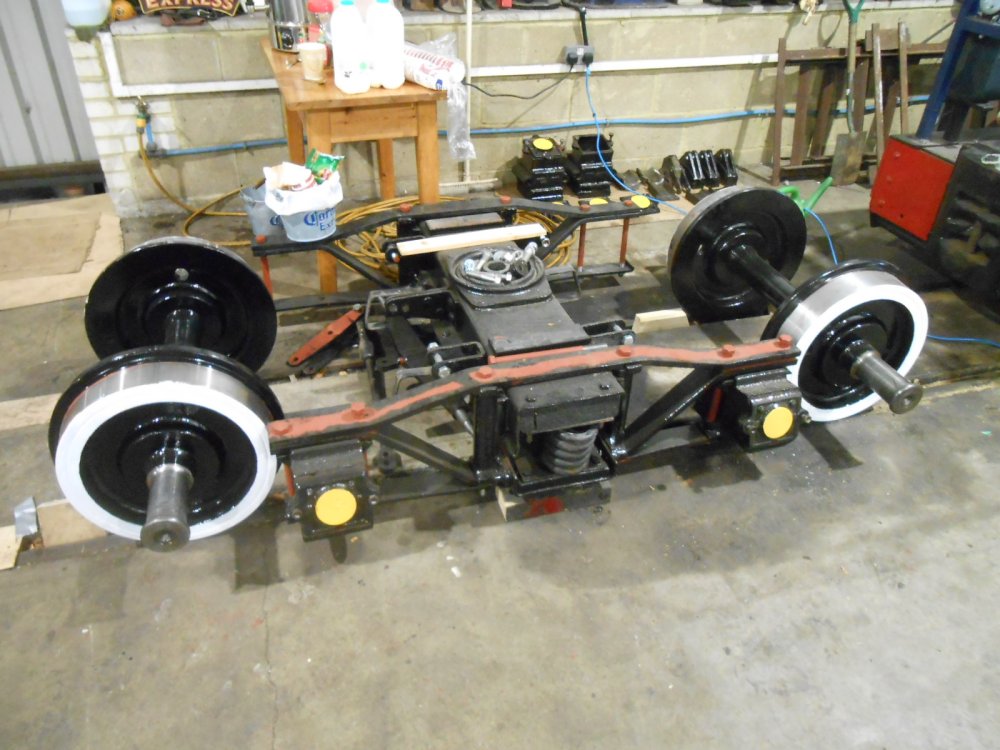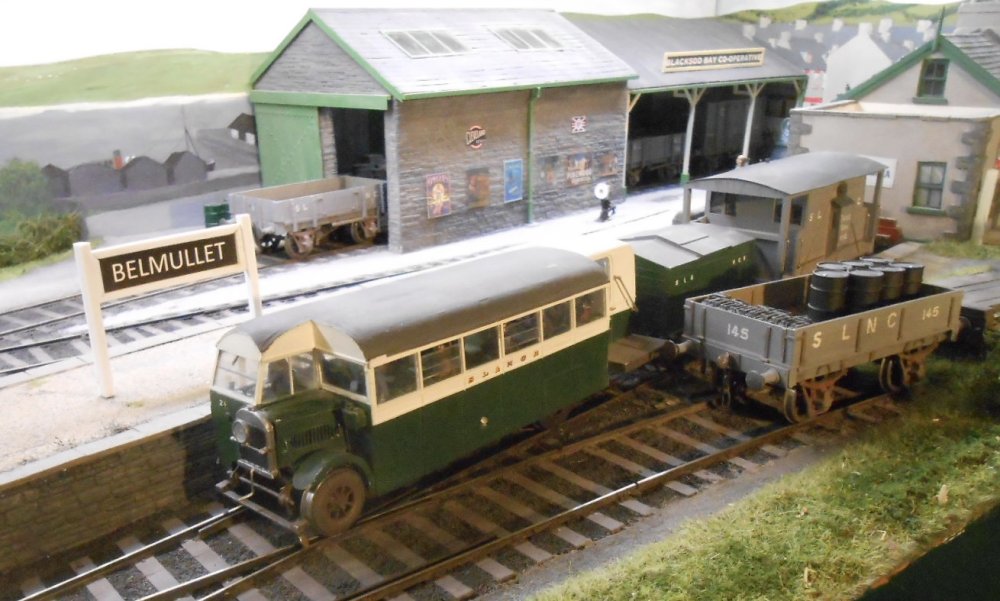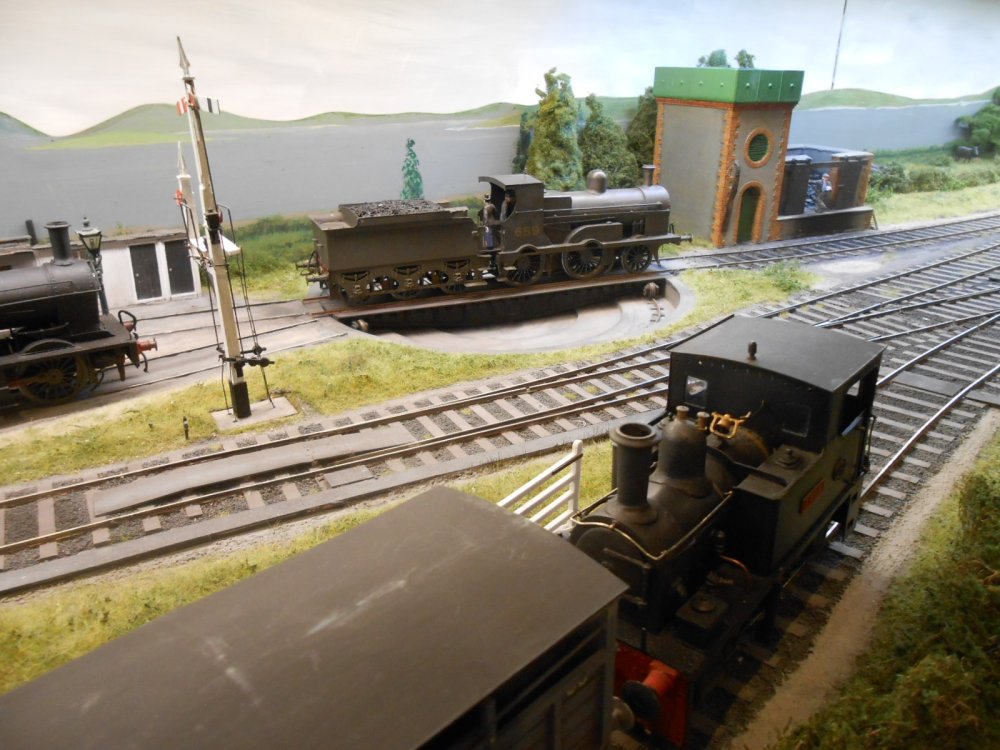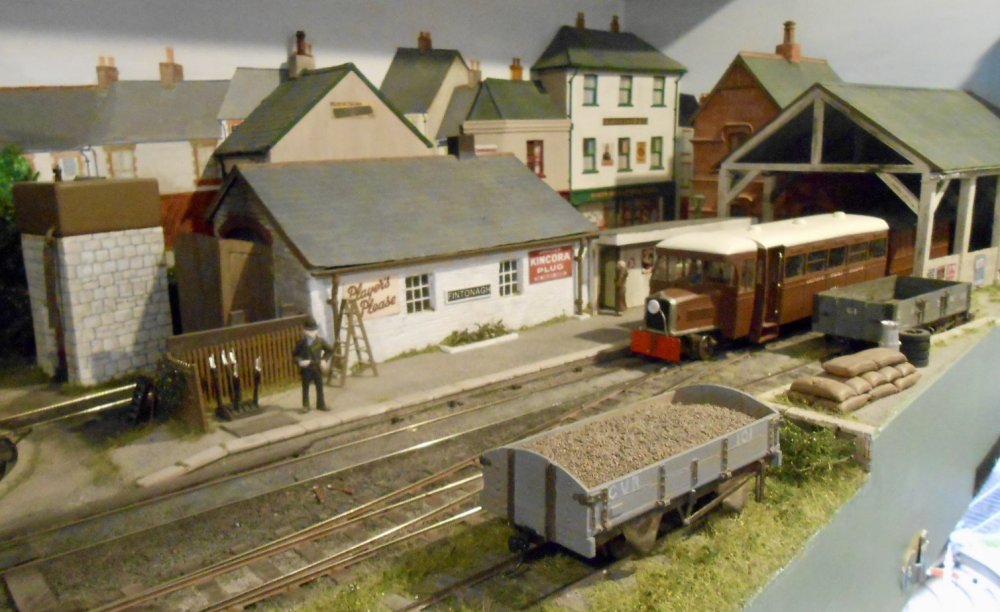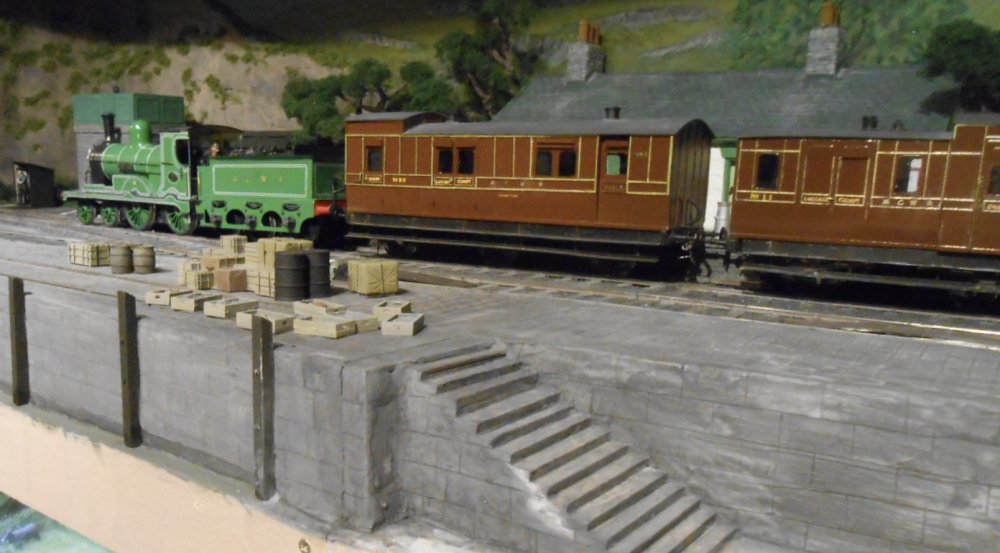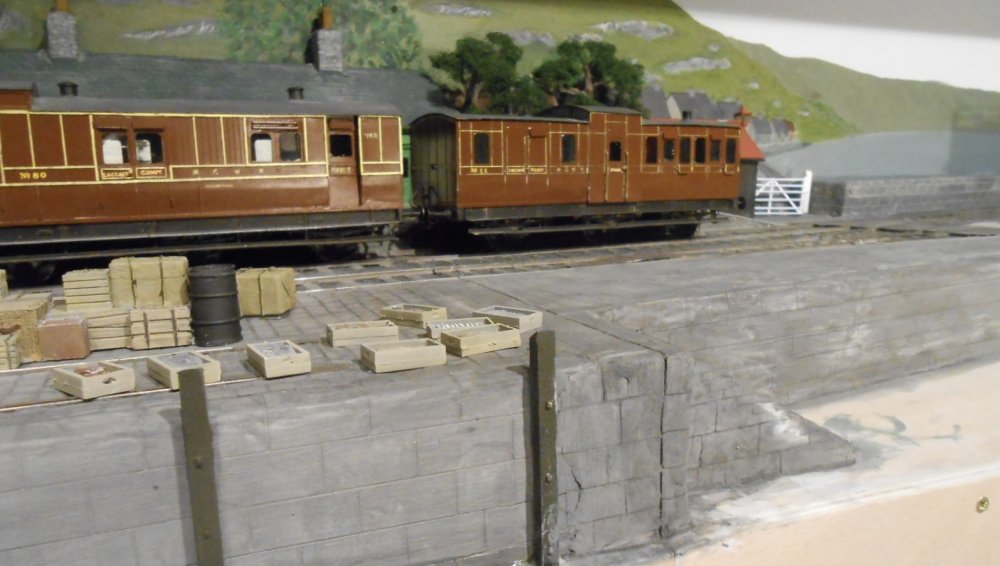
David Holman
Members-
Posts
4,359 -
Joined
-
Last visited
-
Days Won
117
Content Type
Profiles
Forums
Events
Gallery
Everything posted by David Holman
-
Artists acrylics work best for me. Cheaper, large tubes work fine, but they also mix well with specific colours from the likes of Tamiya, Vallejo etc. Martyn Welch's seminal book - The Art of Weathering [Wild Swan] also advocates Humbrol enamels.
-
Sorry to read that, Patrick. Am very much hoping to see a few of you folk from the other side of the water.
-
Photography is all about capturing the moment - sometimes spending hours in one place, waiting for something to happen, others simply being in the right place at the right time. As model makers, I guess we spend hours actually creating that space ourselves, so it is rather nice when it all comes together like this.
-
Another local (for me) outing for Fintonagh this weekend at the Faversham Show. Faversham is also a very pretty town that is well worth a visit. After than comes a one day show in Sudbury, Suffolk on the first of October. However, the big date for me, in more ways that one is going to be 12th November, as Fintonagh has been invited to the model show at the Ulster Folk and Transport Museum, Cultra. Took Arigna Town there a few years ago, so certainly looking forward to visiting again. Less sure about the near 1000 mile road and ferry trip, but there are certain invites you just don't say no to!
-
Subtle colours, careful lighting and a generous bit of imagination all come together rather well, methinks.
-
Well, it's been a while - getting on for six weeks in fact, which must be a record for me. However, a combination of the hot weather and catching up on travel [post Covid], put modelling on hold for much of the summer. I did do a bit of other modelling work - no, not the catwalk - as at the Chatham Club, we managed to set up our 0 gauge layout in full, so some of my BR engines and stock have been going through the works so they can run for the first time in quite a few years. Anyway, back to Northport Quay, which has proven a bit of a pain this week, as I attempted to paint all the setts and sea walls of the quayside. Originally, I'd thought to do these grey, though not sure where I got this from, because subsequent research has shown such things to be more of a beige/deck tan colour - at least as far as recent pictures I took at Chatham and Portsmouth dockyards are concerned. So, I rubbed down the dark grey setts, nicely leaving the mortar lines and set about painting each stone individually. As you might expect, that didn't last long! Salvation came from remembering how to paint brickwork: you paint on the brick/stone colour, ignoring the mortar lines, then when dry, you hold the work at about 45 degrees and run in a dilute solution of [in this case] dark mortar colour. This meant tilting the whole baseboard and then, once half dry I gave the areas a hefty dusting with weathering powders, which adds a nice bit of variety. Still not sure it it is right yet, but it certainly feels better. The photos hopefully illustrate the changes, while I've also added more wooden posts to the quay wall. Another small change has involved painting out the rearmost hillside on the lefthand baseboard, to give more sky. It is the late 1950s, with SLNCR Railcar B on scene. Felt duty bound to include this following Galteemore's splendid recent Sligo models - not that I really needed an excuse!
- 242 replies
-
- 17
-

-

-
Beautifully captured. Love these vans - prototype for the shortest mixed train? Whatever, by the end of their days, they mimicked ancient timber framed buildings, with barely a straight line or right angled corner anywhere, so getting that look is no mean feat.
-
A fine combination that epitomizes the Sligo - straight out of the Neil Sprinks photo album. Indeed, for such a small, impoverished railway, the SLNCR is remarkably well served for modellers in 7mm sca!e with kits of the Small Tanks and all manner of stock and buildings in the Alphagraphix catalogue. Ok, ready to run it ain't, but the results are very convincing and definitely something to be proud of!
-
Templot lets you print out templates. Have used the 3' radius ones to make copperclad points. Another alternative, if you want 00 track is to try one of C&L's point kits, which come with the vee ready assembled and blades machined. You slide the chairs on to the rails and use Daywat solvent to fix them in place. A fairly easy way into making your own track.
-
As above, though I guess any complex, solid shape could be useful, especially if several of them are needed for a project. So, for locomotives and rolling stock, things like buffers, chimneys, domes, safety valves etc. For buildings and scenics chimney pots, doors, lamps etc A lot of the above have long been available as castings of one sort or another, but these can be hard to get hold of, especially post covid, while suspect that 3D prints are lighter and therefore cheaper when it comes to postage.
-
Going to be one very happy customer, methinks.
-
Inchicore Class J10 Conversion From LNER J72
David Holman replied to murrayec's topic in Irish Models
Love how all the weights have been cut and fitted - must have another look at some of my Clogher locos! -
Beautiful model of an iconic loco.
-
Love all the scenic work, buildings and so on, specifically the quayside area. Really need to adjust the colours on my own layout on this evidence!
-
Well that has, rightly, caused a stir! Remarkable....
-
Stock should not be a problem with EM standards, but always worth ensuring wheels are all in contact with the track on locos, especially small ones where good luck up is vital.
-
Only goes to show how some things that may look simple, are quite the opposite! Lovely model.
-
I work in 7mm scale, both 36.75mm and 21mm gauge. With the latter, I use ordinary (4mm scale) 1mm flanges clearances, which are a lot more forgiving than P4 tolerances. A standard point takes less than an hour to make and once you've done one, the next seem a lot less daunting.
-
Templot have files for Irish EM, which are 20.2mm gauge. Latest RTR stock is apparently easy to convert to 21mm gauge, but is all diesel outline. If that is your thing, then may be very worthwhile going for it. Steam outline much more involved, not that there is much available anyway. Setting yourself a challenge is always good, but needs to be manageable to succeed, so go with what you feel comfortable with and start small, so you can finish it in reasonable time.
-
Interesting! The differences are subtle, but I concur with A or E. However, it is one thing to look down vertically on a piece of track, but what is the natural viewing angle? The closer that is to eye level, the less the differences in gauge will be apparent. Therefore rail height and sleeper spacing becomes more important. Suggest you take a few pictures from the likely viewing angle, then find some prototype pictures of the period you want to model and do a comparison. Certainly hope you find a good compromise - this seems like a very sensible way to go.
-
Fintonagh was at the Bredgar & Wormshill Railway this weekend. Lots of 2' gauge locos on show, both steam and diesel, so overall, a very nice way to spend a couple days. John Fowler, Decauville, Orstein & Koppell & Hunslet to name but a few. Note the detail on the coach bogie being rebuilt too. No2 below is one of the engines I did my driver training experience on - and a very fine day that was as well.
- 266 replies
-
- 14
-

-

-
A few pictures from the workshop. It's been a while since Belmullet featured, mainly because work has focussed on the other two layouts, but we had some friends over for lunch, so seemed like a good excuse for a tidy up, especially as a request to see the workshop had been made. Guess it's a bit like the wife wanting the house to be tidy for visitors! Anyway, it was good to get some stock out and take a couple of pictures. With some cooler weather, managed to spend a bit of time on the baseboard join on Northport quayside - though still much to do here, not least correcting my continuing inability to get colour tones right. It's not as if I haven't had plenty of practice, but the stonework is far too dark for my liking. Finally a picture of Fintonagh, to promote its outing next weekend. The venue is the Bredgar and Wormshill Railway, near Sittingbourne. The entrance fee may at first seem a bit steep at £20, but this includes train and tractor rides all day. The railway is in effect a 12 inch to the foot model, being a 2 foot gauge line, built on private land. There is a large array of locos on duty and lots to see, as well as the model exhibition, so well worth visiting if you are in the area. Good job it wasn't last weekend though, as even though it is well away from the M2 & M20, much of Kent was gridlocked with holidaymakers trying to cross the channel.
-
Somebody's going to be busy!
-
Sublime pictures. Thanks JB!
.png.c363cdf5c3fb7955cd92a55eb6dbbae0.png)


